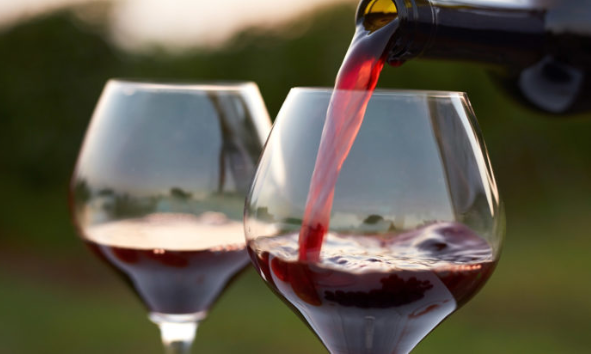The U.S. wine business has been making a lot of news lately, but for many of the wrong reasons. A report shows that wine consumption is only showing growth among American customers over the age of 60.
Overall, the volume of wine sold in the U.S. has contracted for the second straight year and, with a possible recession looming, the future’s not all that bright. Per-capita wine consumption declined in 2022 for the 10th time in the last 11 years.
Let’s put all of this in context and look at some reasons why.
Unflattering Headlines
As a January 26 New York Times headline said, “The American Wine Industry Has An Old People Problem”.
A survey by the Wine Market Council shows that over half of regular drinkers between the ages of 21 and 59 don’t drink wine, including 55% of 21- to 29-year-olds. Industry financial analyst Rob McMillan says, “You can’t build on an over-60 population” and “waiting for the consumer” to age into wine “is not a strategy”
Split Between Mainstream and Premium
Wines that are priced below $15 per bottle make up 85% of the volume sold by wholesalers. However, that price point has dropped 7-9% in volume over the last year. Middle-class Americans have especially been hit hard by inflated grocery prices, so the occasional bottle of wine doesn’t always make it into the shopping cart.
By comparison, sales of $15-plus wines are growing in the high single-digits. The sweet spot for wine pricing appears to range between $15 and $25. Kim Crawford, Meiomi, La Crema and Decoy are the top-selling table wines in this price range but the number one seller is a sparkling wine brand (La Marca).
Poor Marketing Presence
Industry analysts say winemakers are failing to produce wines that fit the budgets of younger Americans, nor are these consumers being reached through targeted marketing.
The wine business consistently spends less money on marketing than other beverage categories, especially beer. In 2021, beer spent $886 million on marketing, or 48% of all marketing dollars for alcohol. By comparison, the wine business spent $122 million or less than 5% of all alcohol marketing. Wine brands just don’t carry the same recognizable name-ID as beers such as Bud Light, Ultra or Modelo. Instead, consumers tend to identify wine through style segments; e.g. cabernet sauvignon, chardonnay, pinot noir, prosecco.
Today’s drinkers have a wide array of choices, including craft beer, hard seltzer and canned liquor cocktails. The liquor business has been growing rapidly and there’s a small but growing movement toward low or no-alcohol offerings.
Bank Failure Hits Wine Biz
The sudden collapse of Silicon Valley Bank in mid-March has sent shock waves through the Napa and Sonoma wine empire. Wine made up less than 3 percent of SVB’s portfolio with about 400 wine clients. SVB has made $4 billion in loans to the wine industry over the past three decades, with more than $1 billion outstanding at year-end. The concern is that the fall of SVB will delay and tighten overall lending to the business, with smaller wineries and vineyards seeing the most impact (Shanken News Daily)
